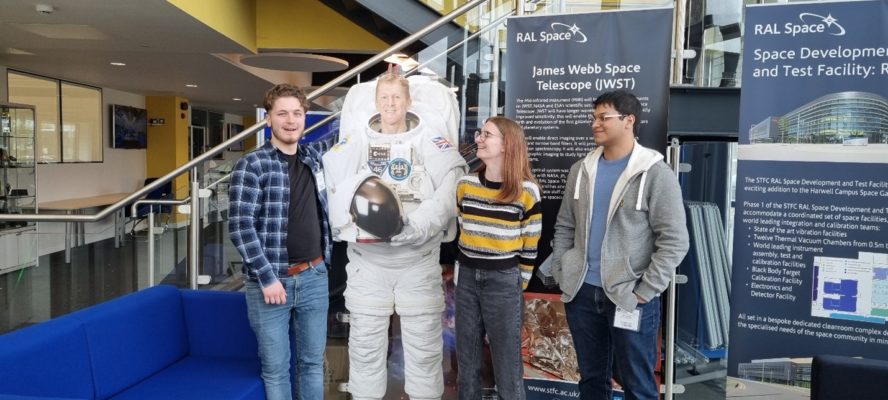
Holly, Abu and Alex, Aerospace Engineering
College of Engineering and Physical Sciences, University of Birmingham
Third-year Aerospace Engineering students Holly, Abu, and Alex have spent their third-year research projects developing a potential space payload instrument controlled by a Raspberry Pi Model 4. The Pi has been space-qualified previously, and Pi Models 3 and 4 are in operation on the International Space Station. However, the sensors we chose to use are not space-qualified. To get our instruments a step closer to being suitable for space use, we need to test them.
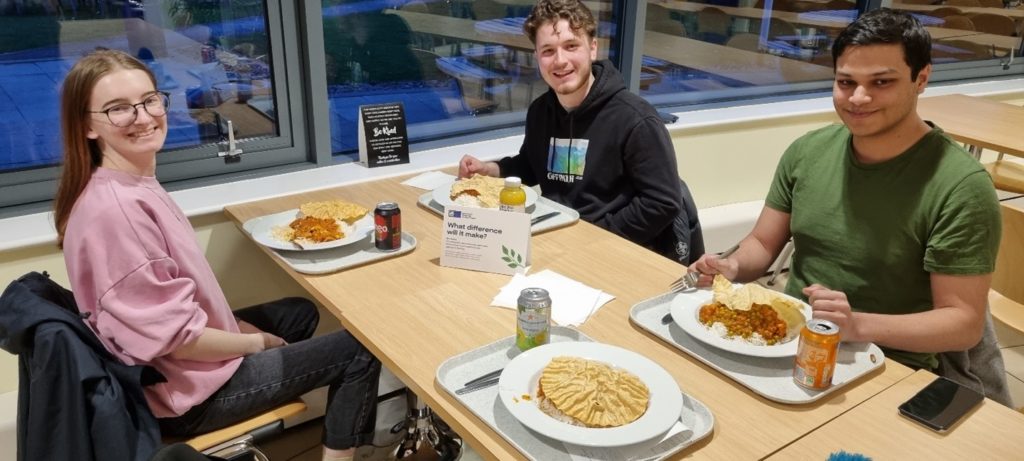
We had the opportunity to travel to the Harwell campus to test our Space Pi instruments in the facilities at RAL Space, part of the Science and Technology Facilities Council. We travelled down from Birmingham on the Sunday evening. After a generous helping of curry in the restaurant, we returned to our hotel rooms to get some rest before a 7am breakfast and an 8am start to the test campaign.
We were met by RAL Space outreach officer Vicky Hall, and our lead systems engineer for the campaign, Dr Kimberley Lim. They took us through to the Concurrent Design Facility (CDF), which is set up so that engineers from different disciplines (mechanical, electrical, thermal, radiation) can work simultaneously on requirements and designs with their customers. This approach can help to save time and avoid misunderstandings.
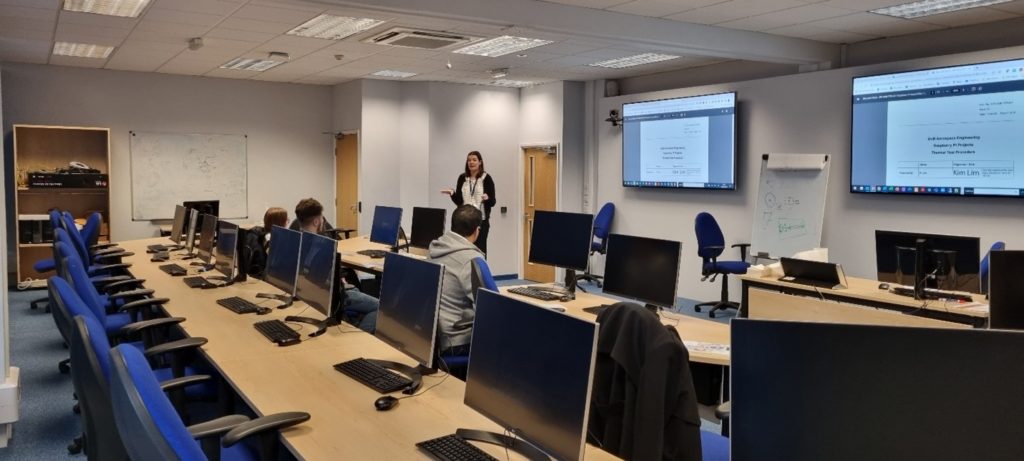
For this test campaign, we were the “customers”, so Dr Lim presented the test for our approval. We had all specified different upper and lower temperature survival requirements for our Space Pi instruments. Since the instruments were all being tested in the same chamber, we had to agree on the thermal cycling limits that RAL Space had proposed.
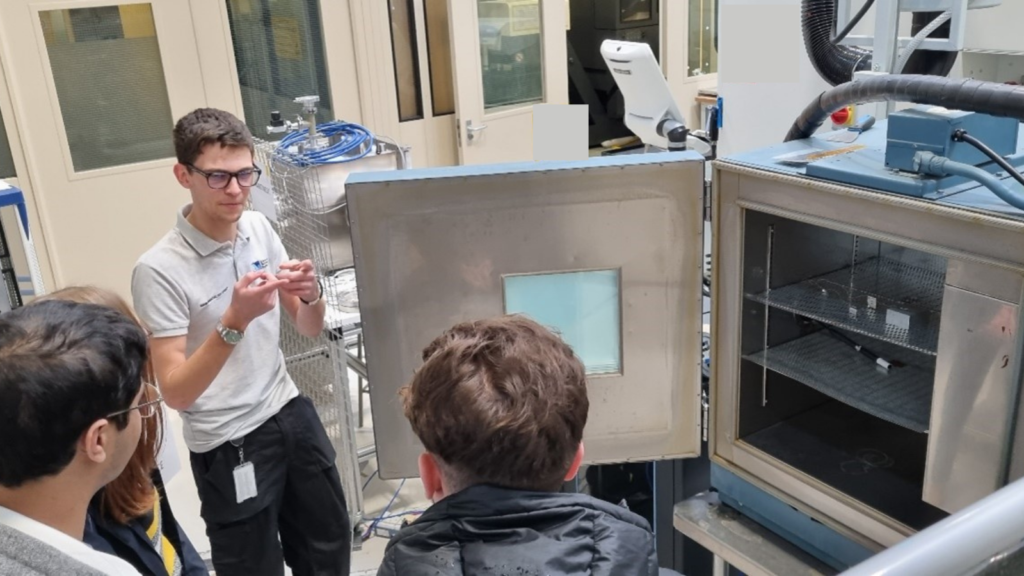
Straight after approving the procedure, we carried our instruments to the thermal testing facility. We used the Thermatron, which is RAL Space’s oldest and smallest thermal chamber, but still heavily used, as it’s relatively quick to set up and cheap to run. We met our RAL Space graduate test engineer for the day, Ed. Ed showed us how to attach the thermocouples, which would monitor the temperature during the test, to key parts of our instruments, with aluminium and Kapton tape.
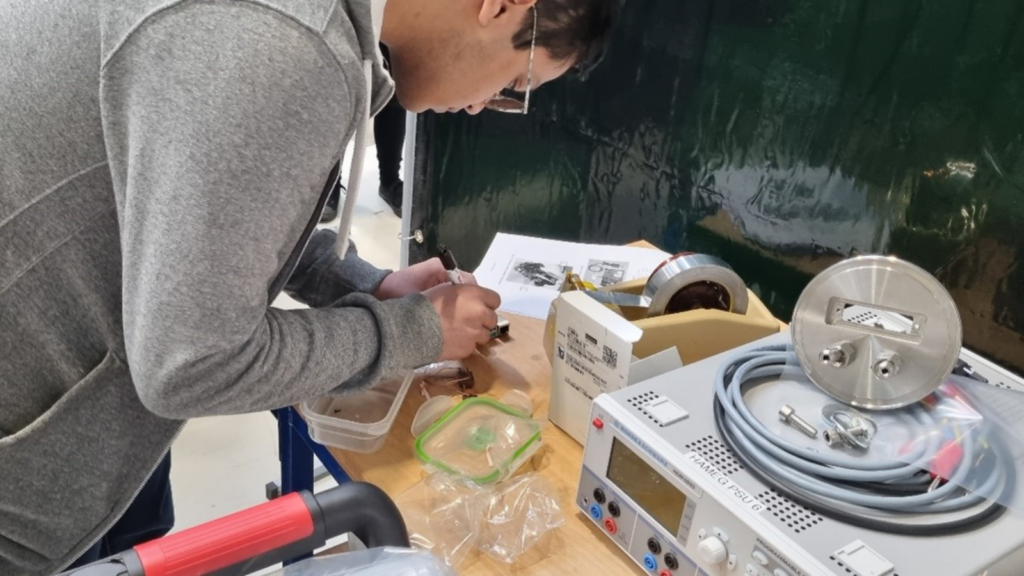
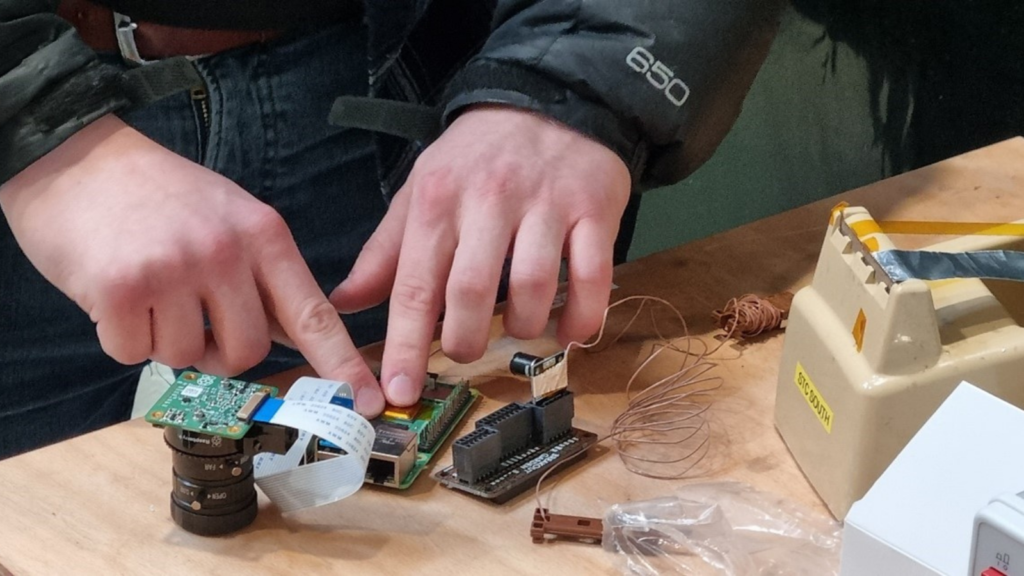
Ed attached the thermocouples to the connectors outside the chamber. After a last inspection of our instruments, he closed the Thermatron doors. Now we had to trust that they would survive the next six hours!
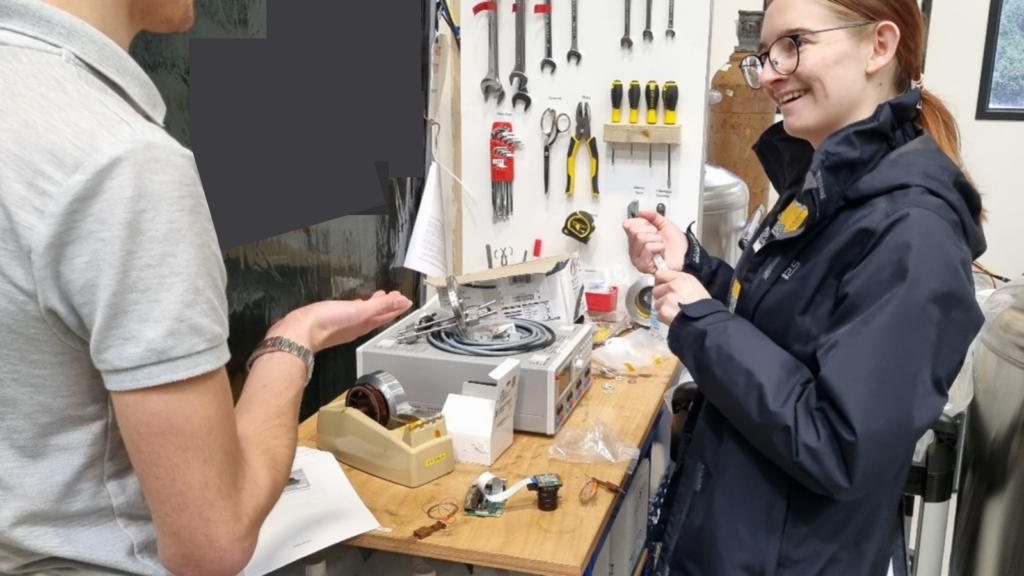
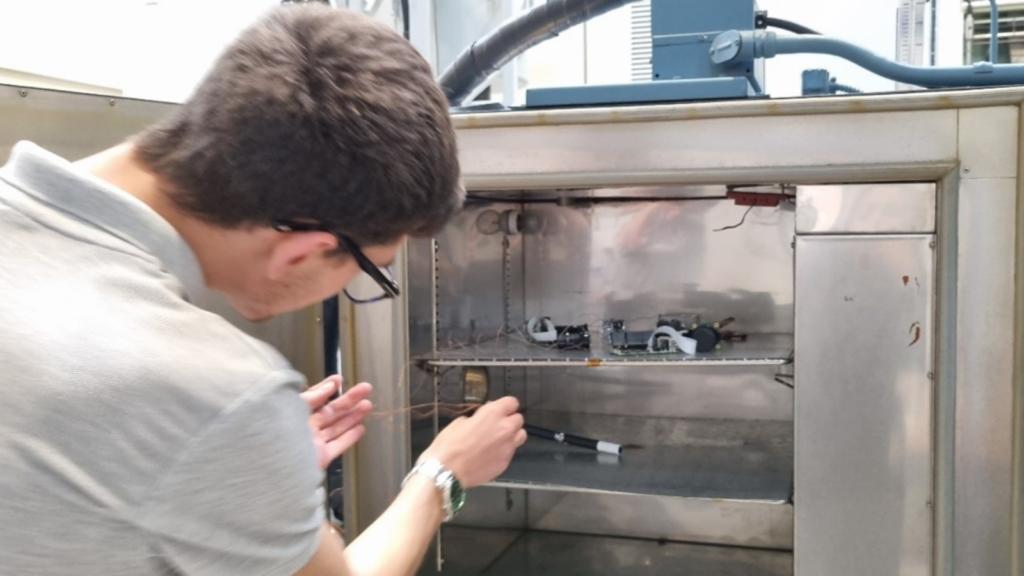
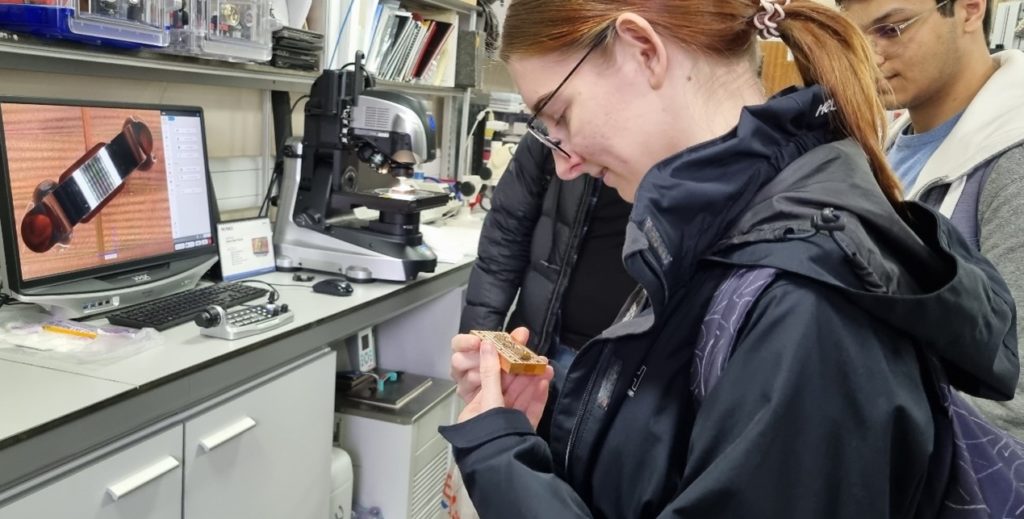
On our way back to the CDF, we stopped by the Laser Spectroscopy Laboratory. Here, we heard about the development of the HiROS instrument for the CubeMap mission, currently under development at RAL Space. We inspected different mounting variations that were tested for the HiROS optics.
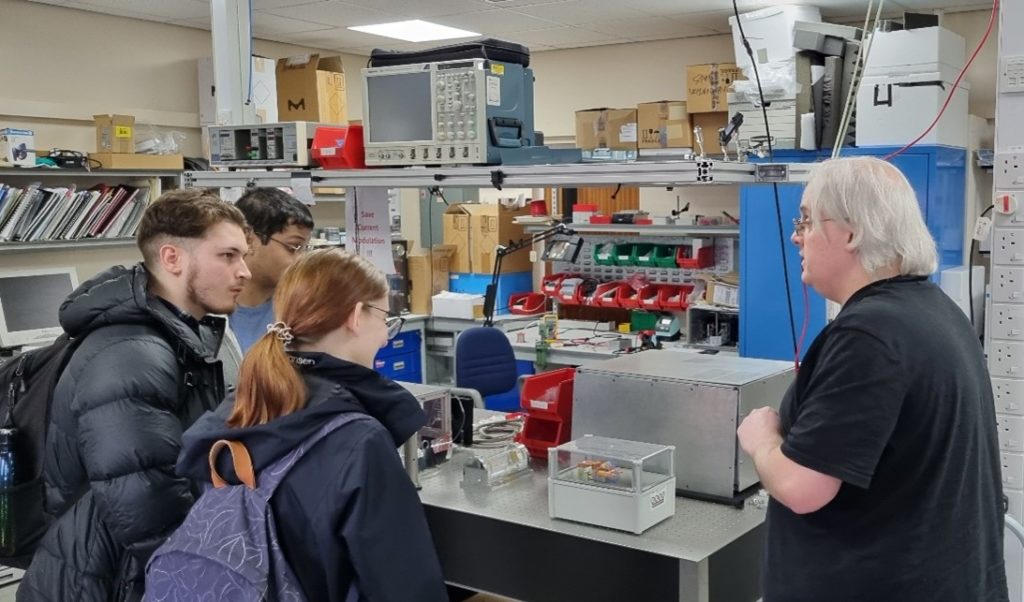
Neil told us about the miniaturisation work that had been undertaken to transfer the instrument from something that took up a large, vibration-stabilised optical table to the shoebox-sized version that will fly on the spacecraft. He also told us about conducting calibration campaigns to detect methane in a peat bog in midsummer, covered in mosquitos, which didn’t sound quite so appealing!
At the CDF, we had our first look at the test data from the Thermatron. It was exciting to see the data coming in live as the instruments went through the hot phase!
We returned to the canteen to pick up some lunch before the next tour of the R100 space test facilities. Graduate systems engineer Dom showed us many models of spacecraft that RAL Space had contributed instrumentation to over the past 60 years, several of the larger clean rooms, vibration and shock test facilities, and a succession of progressively larger thermal test chambers.
Our final tour of the day was led by Mat and his team in the Precision Development Facility, which can manufacture parts down to nanometre tolerances for use in bespoke space instruments. They talked us through the capabilities and limitations of their high-precision CNC milling and turning machines. We were particularly impressed by the swarf and coolant recycling systems.
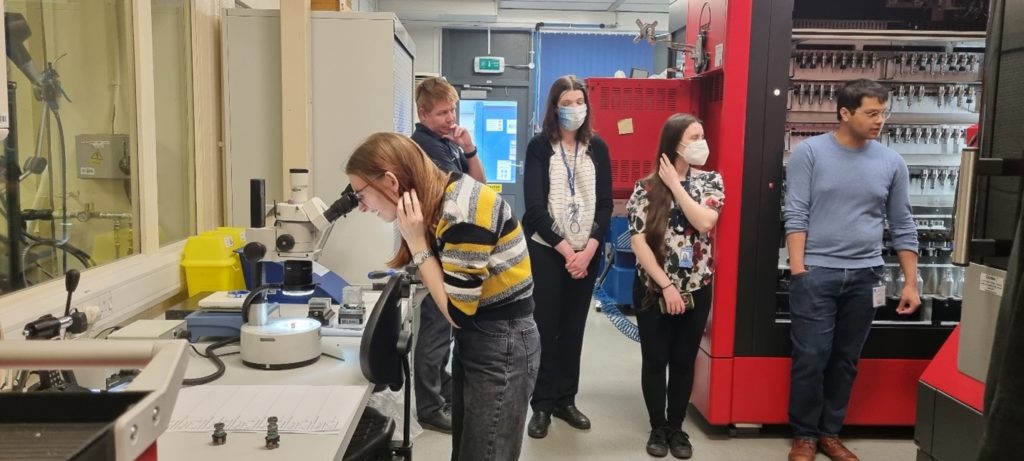
Tour complete and technician team thanked, we headed back to the Thermatron thermal chamber to find out whether our instruments had survived the temperature cycling. We met Ed, who opened the chamber door.
We conducted visual inspections of our instruments, untangled the nest of thermocouple cables, and removed the Kapton and aluminium tape. There wasn’t time for us to conduct functional tests of our instruments that day, but the inspections checked out.

We packed up and returned to the CDF for the final discussion of the thermal test data. Our last act as “customers” was to approve the test campaign results so that our suppliers could sign off on them. Only 1.5 of the 3 cycles specified in the test procedure had been completed, so we had at least one deviation from the plan. We’ll have to assess the impact on the verification of our requirements.
It was fantastic to conduct a test campaign on the premises of the largest and most comprehensive set of space qualification facilities in the UK. Many thanks to our hosts and our project supervisor for making this happen!
The Space Pi team would like to thank Pimoroni (https://pimoroni.com) for the provision of complimentary sensor hardware and Raspberry Pis for this project.
Follow the trip on Instagram: https://www.instagram.com/myepslife/
